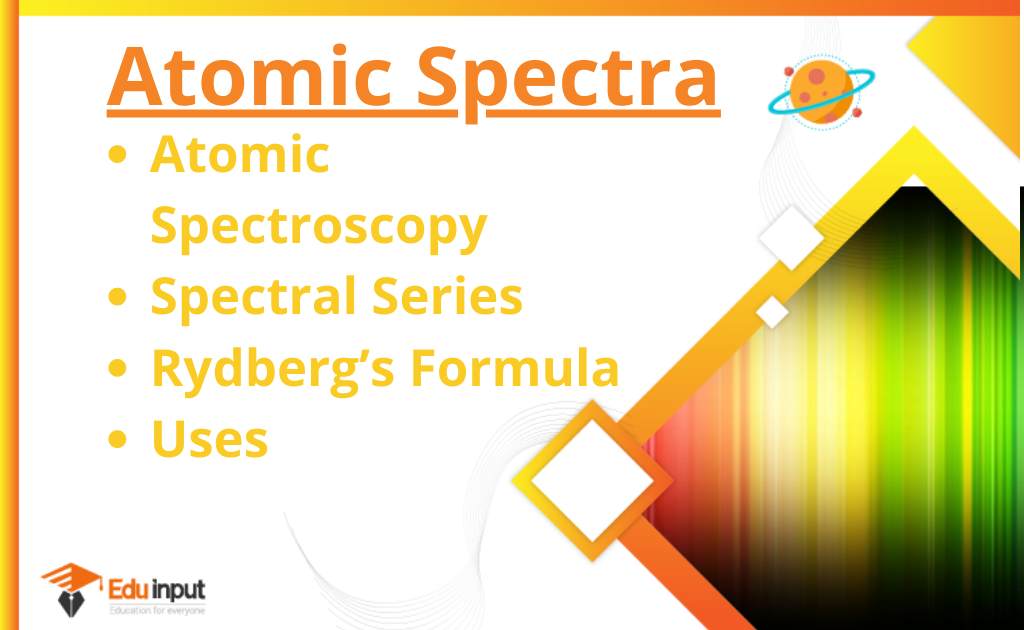Population Inversion in laser | Laser Action
The population inversion in laser principle simply involves the de-excitation of an atom to a lower energy state, under the influence of the electromagnetic field of a photon of frequency f.
During this de-excitation, the excited electron emits a photon in addition to the incident photon having the same frequency f. Thus now two photons move instead of one. In short, the excited atom emits light waves in steps with the incoming wave and increases its intensity. The radiated light waves are exactly in phase with the incident ones. So the result is an enhanced beam of light.
Population Inversion in laser
The key to the laser is the presence of one or more excited energy levels in many atoms whose lifetime maybe 10-3 sec or more instead of the usual 10-8 sec. Such relatively long-lived states are called metastable states.
A medium may be solid, liquid gas, or is introduced in a chamber. The chamber consists of two parallel mirrors facing each other called optical cavities. One of the mirrors is only partially silvered to allow the beam to escape.
Under normal conditions, there are mostly few excited states in an atom, so special methods are used to increase the number of excited states. This process is called population inversion. A number of ways exist to produce a population inversion.
One of them is called Optical pumping. Here an external light source is used; some of whose photons have the right frequency to raise the atoms to excited states that decay spontaneously to the desired metastable state.
E2 is the metastable state and transition from or to this state is difficult as compared to other excited states. Hence instead of direct excitation to this state, the electrons are excited to a higher level for spontaneous fall to a metastable state.
In order to excite the atom to the higher excited state E3, let a photon of energy hf = E3-E1 be incident on the atom so that the electron moves from the first to the third energy state. Now the electron may decay directly to the ground state but mostly it first decays from E1 to E2 (which is a metastable state).
This eventually leads to the situation that the state E2 contains more atoms than state E1 This situation is called population inversion.
Laser Action
Once the population inversion has been reached, the lasing action of the laser is simple to achieve. The atoms in the metastable state E, are bombarded by photons of energy hf = E₂-E1 resulting in the stimulated (induced) emission. The photons so produced are monochromatic (same frequency) and coherent (in phase).
They are reflected back and forth between the mirrors to stimulate more and more excited atoms to emit photons. As the process continues, the number of photons multiplies to produce an intense monochromatic beam of radiation.
Population Inversion in helium Neon laser
In this laser population inversion in neon is achieved by direct collisions with the same energy electrons of helium atoms. Thus excited helium atoms collide with neon atoms, each transferring its own 20.61 eV of energy to an electron along with 0.05 eV of K.E. from the moving atoms. As a result, the electrons in neon atoms are raised to the 20.66 eV state. In this way, a population inversion is sustained in the neon gas relative to an energy level of 18.70 eV.
Stimulated Emission in helium Neon laser
Spontaneous emission from neon atoms causes the laser action and stimulated emission causes electrons in the neon to drop from 20.66 eV to the level and red laser light of wavelength 632.8 nm corresponds to 1.96 eV ener
Uses Of Laser in Medicine
- Laser beams are used as surgical tools for welding detached retinas. This narrow intense beam of a laser can be used to destroy tissue in a localized area.
- Using laser tiny organelles in the living cells are destroyed to check the behavior of cells in the absence of organelle.
- The narrow intense beam of a laser can be used to destroy cancerous and pre-cancerous cells.
- The heat of the laser seals off capillaries and lymph vessels to prevent the spread of the disease.
- A laser beam can also be used to drill tiny holes in the hardest material like steel or diamond.
- The precise straightness of the laser beam is used to check the lining up of equipment, especially in inaccessible locations.
- A high-power laser is used to induce a nuclear fusion reaction. The laser can be used as a range finder over large distances.
- It can be used for telecommunication along optical fibers.
- The laser beam can be used to generate three-dimensional images of objects in a process called holography.
- A laser is used to break stones in the gall bladder and kidney. The device is known as Lithotripmeter.





Leave a Reply